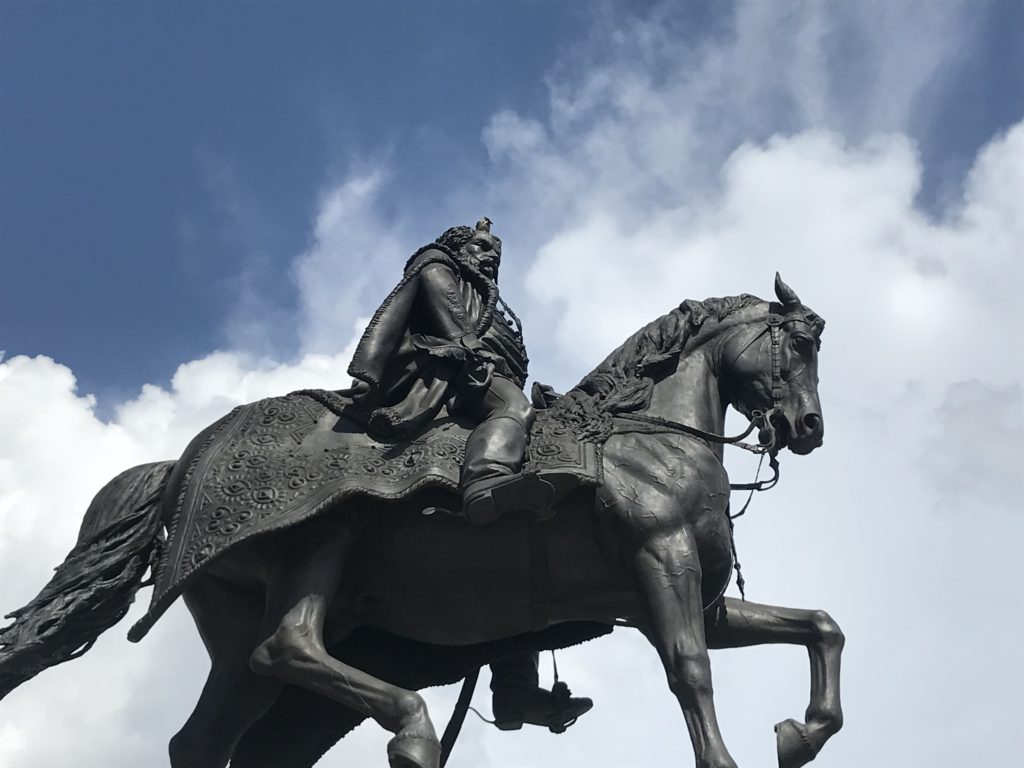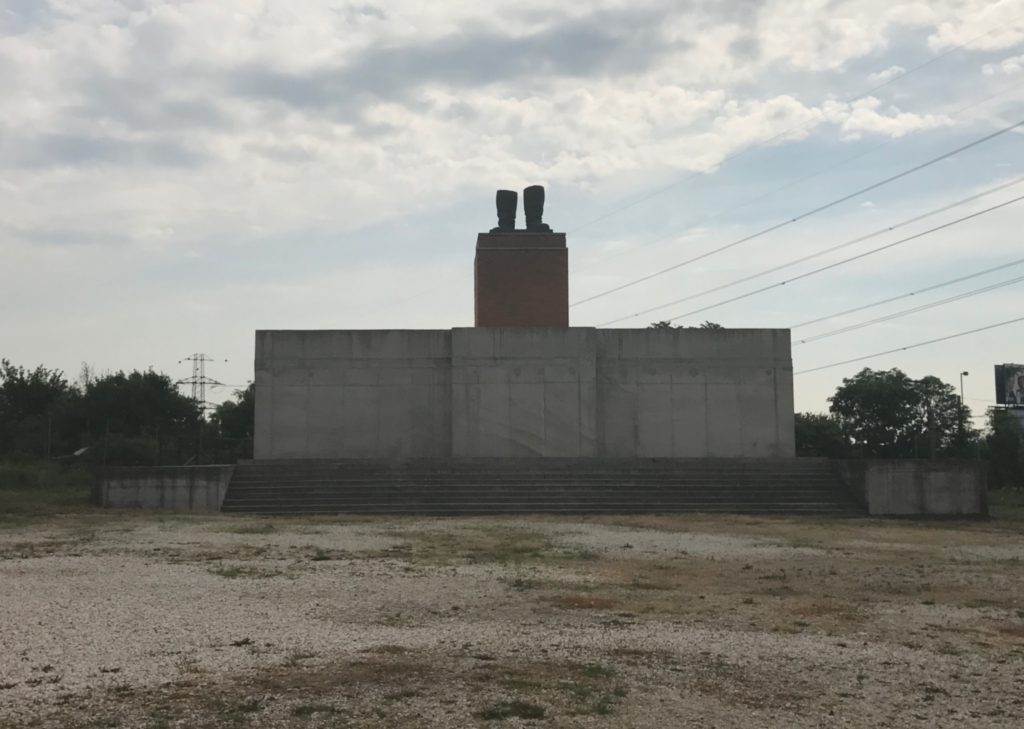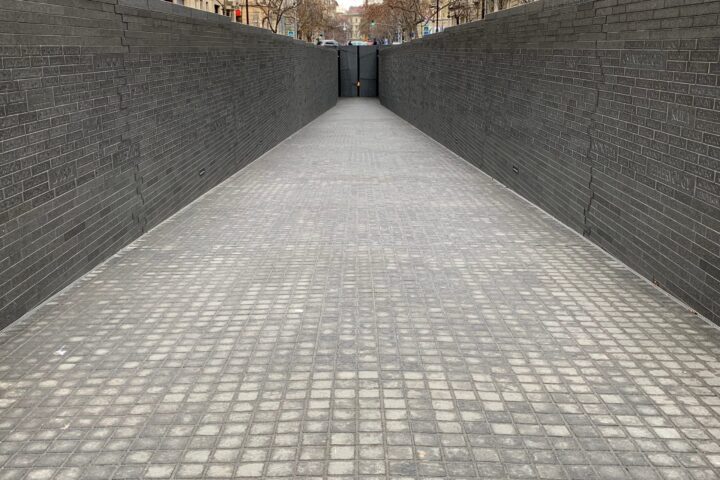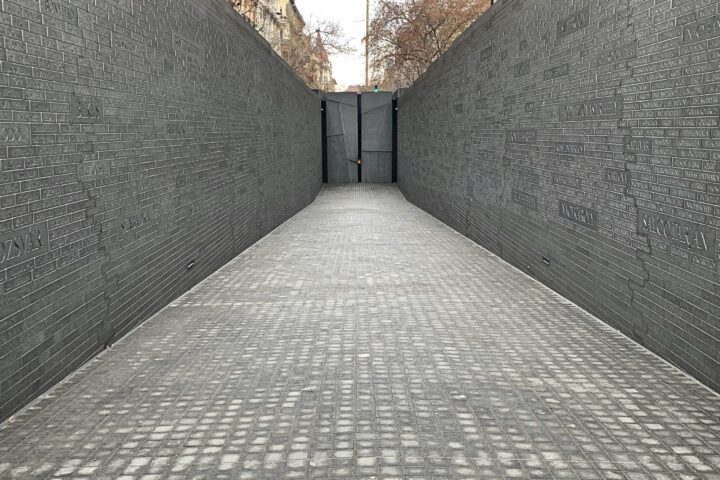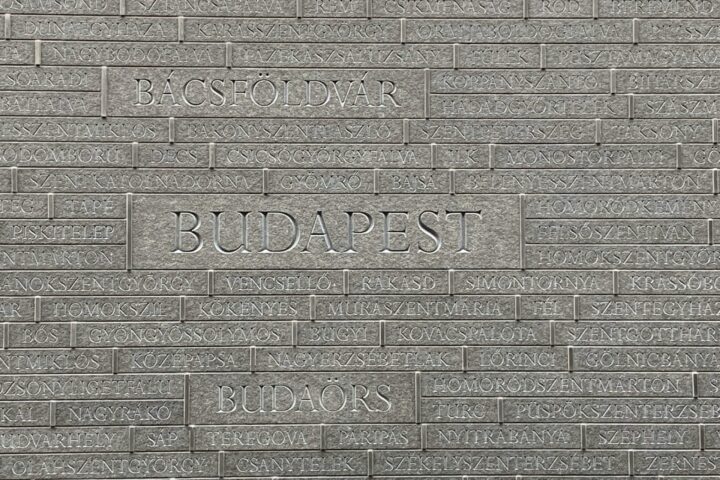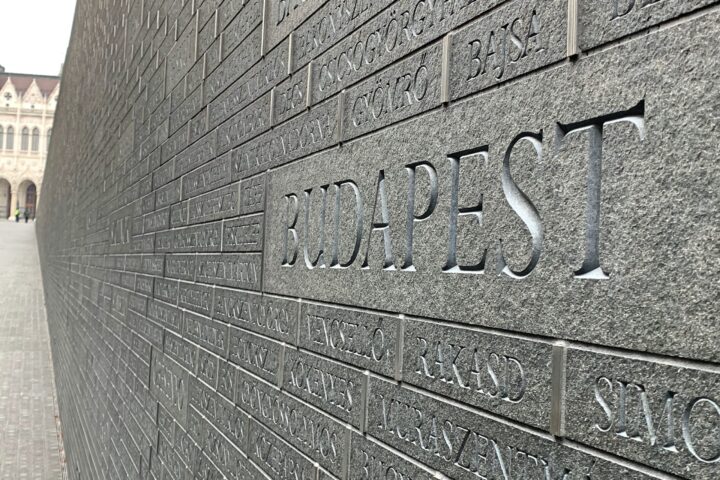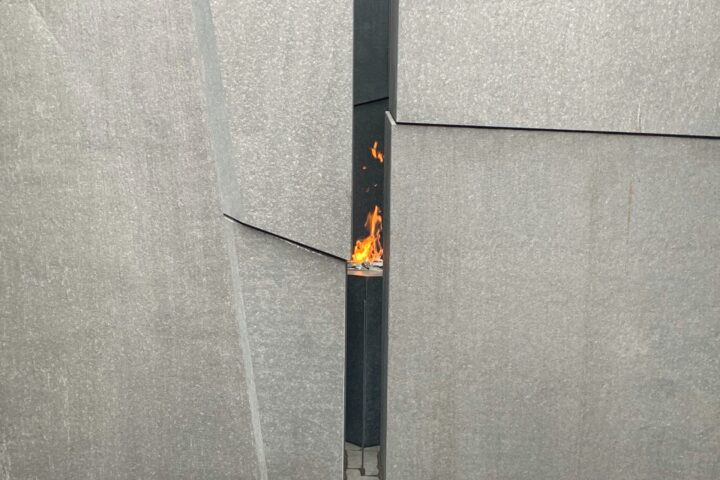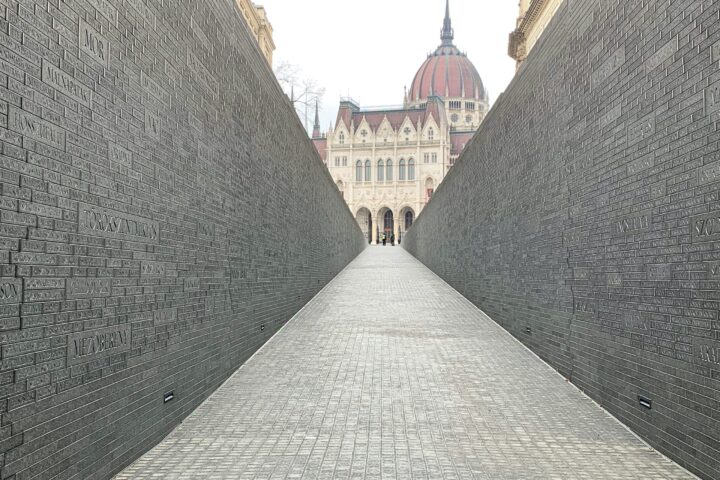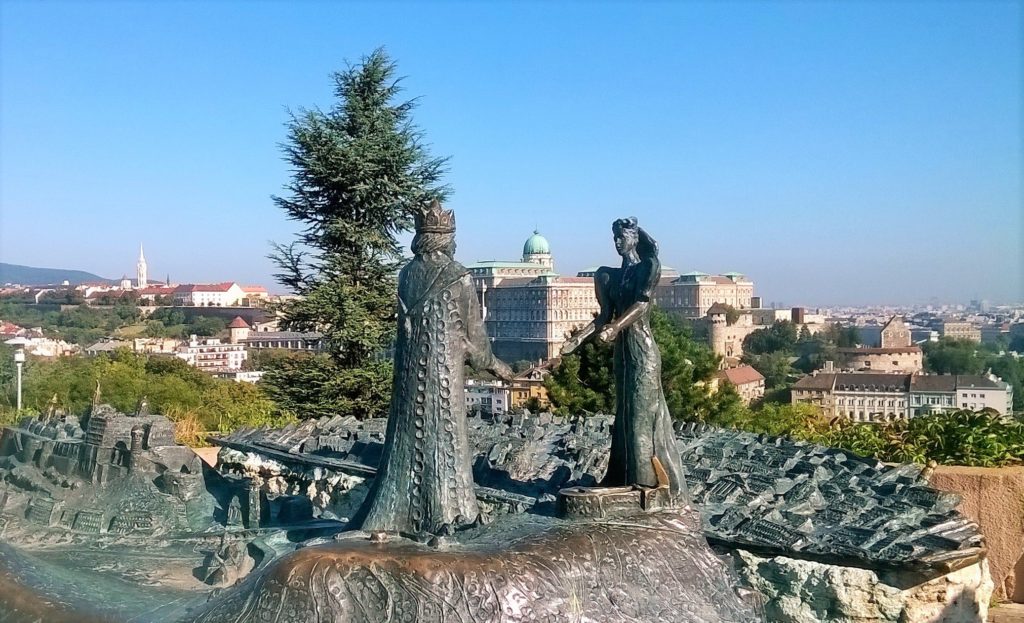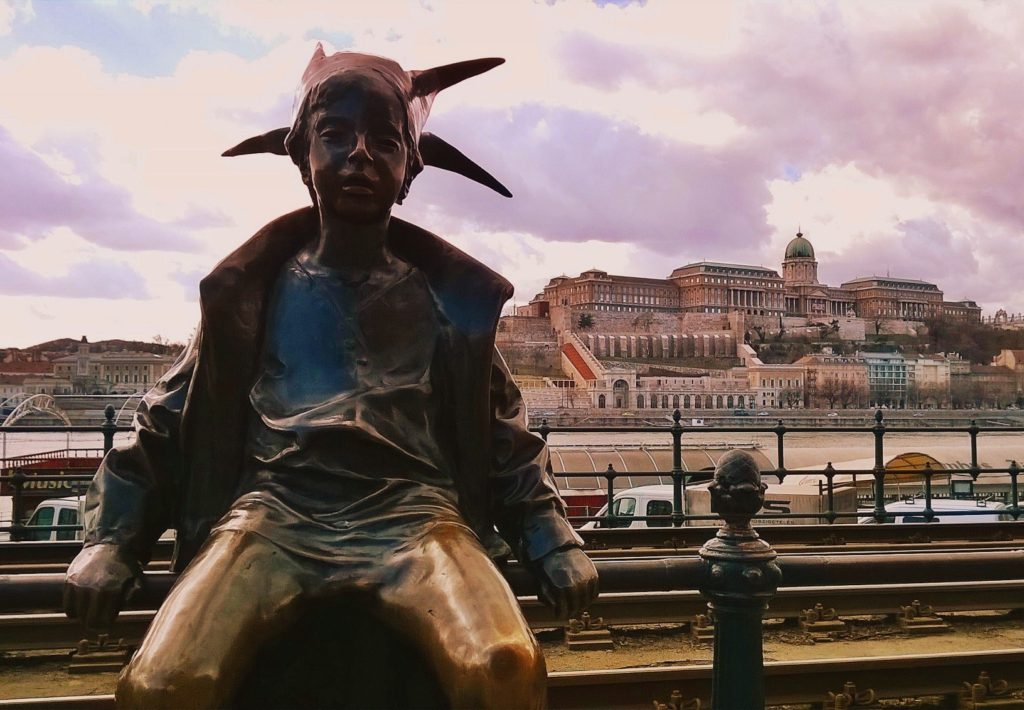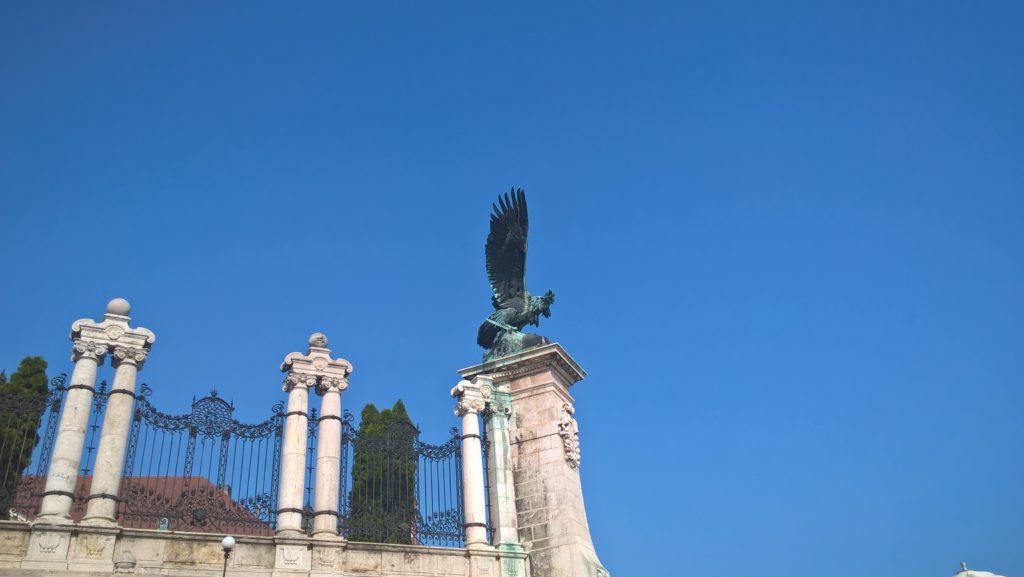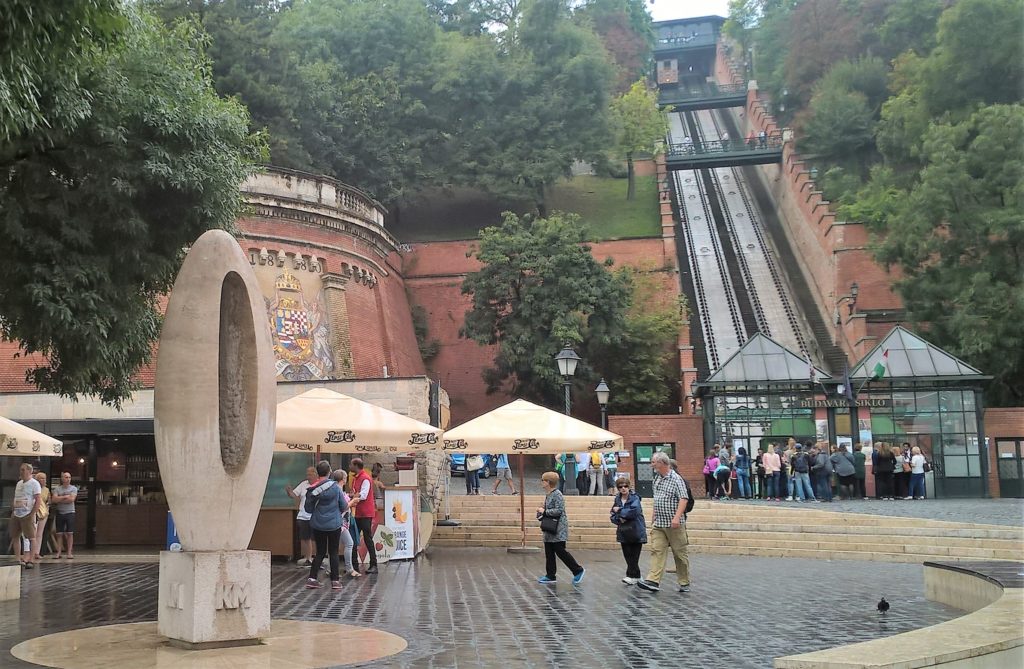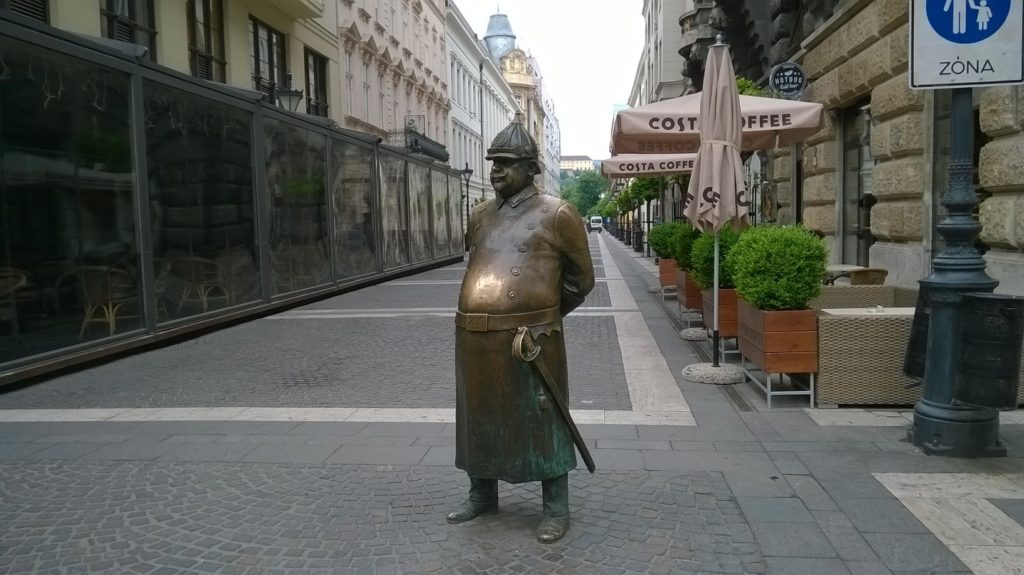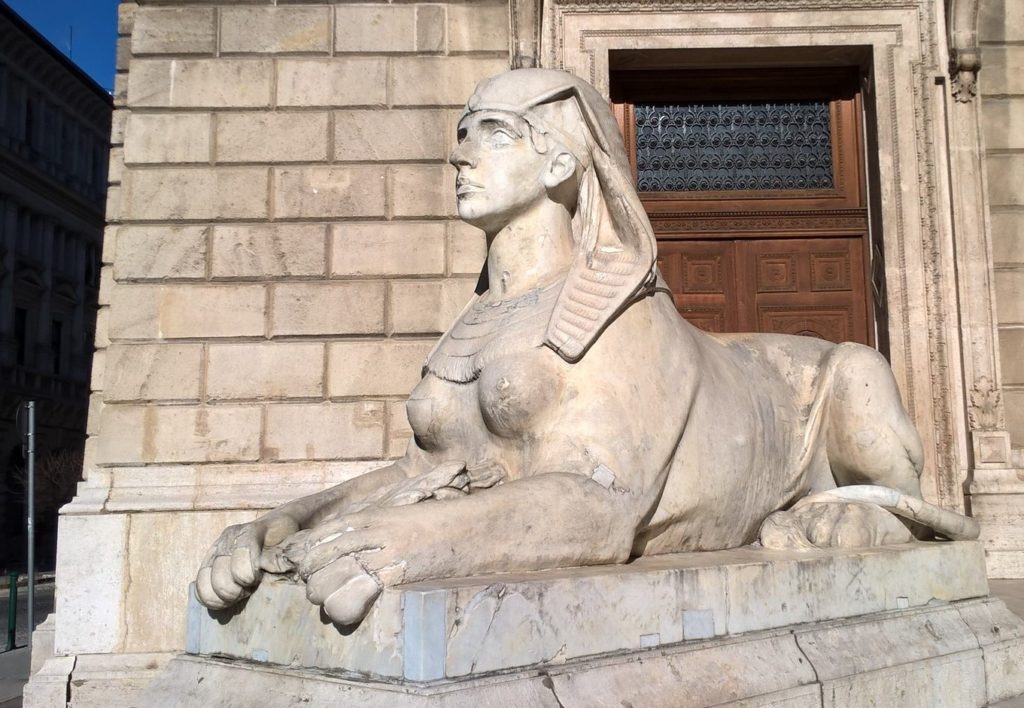The monument was inaugurated in 2020, on the 100th anniversary of the Versailles Peace Treaty. I've been considering posting about this monument for quite a long time and the time has come to publish my opinion, as I'm getting a lot of question about it on my Virtual Tours. As most of you know Hungary was one of the countries which were badly punished after WW1, we can discuss the fairness of the decision but it's too late now, as it all happened 101 years ago. As a consequence Hungary lost 2/3 of its original territories and 1/3 of its ethnic Hungarian population. From the early 1920's political leaders continuously searched for the revision of the treaty, that was actually one of the reasons why Hungary entered WW2. The Versailles Peace Treaty is named Trianon Treaty in the Hungarian folklore, as the treaty regulating the new borders of Hungary was signed in the Trianon Palace of Versailles. The memorial is dark and somber. I know that it's not supposed to be joyful as it commemorates hundred years of grieving but I would be happier to see something a bit less depressing. It's a 100-meter-long tunnel that goes under the ground. What I like about the monument is that you can see the name of each and every Hungarian village or town that has ever been part of our country. What I don't like about it is that it's a dead end, when you walk to the end of it, there is no option to go forward, you have to turn back. I'd like to think that my nation's history is a canvas changing its colours and shapes continuously and we, the Hungarians are contributing to its actual form. Our history was not over in 1920. I miss seeing the continuity
The monument was inaugurated in 2020, on the 100th anniversary of the Versailles Peace Treaty. I’ve been considering posting about this monument for quite a long time and the time has come to publish my opinion, as I’m getting a lot of question about it on my Virtual Tours.
As most of you know Hungary was one of the countries which were badly punished after WW1, we can discuss the fairness of the decision but it’s too late now, as it all happened 101 years ago. As a consequence Hungary lost 2/3 of its original territories and 1/3 of its ethnic Hungarian population. From the early 1920’s political leaders continuously searched for the revision of the treaty, that was actually one of the reasons why Hungary entered WW2.
The Versailles Peace Treaty is named Trianon Treaty in the Hungarian folklore, as the treaty regulating the new borders of Hungary was signed in the Trianon Palace of Versailles.
The memorial is dark and somber. I know that it’s not supposed to be joyful as it commemorates hundred years of grieving but I would be happier to see something a bit less depressing. It’s a 100-meter-long tunnel that goes under the ground. What I like about the monument is that you can see the name of each and every Hungarian village or town that has ever been part of our country. What I don’t like about it is that it’s a dead end, when you walk to the end of it, there is no option to go forward, you have to turn back. I’d like to think that my nation’s history is a canvas changing its colours and shapes continuously and we, the Hungarians are contributing to its actual form. Our history was not over in 1920. I miss seeing the continuity and the hope to move forward.
The memorial is at Kossuth Lajos square right across from the magnificent Parliament building.
